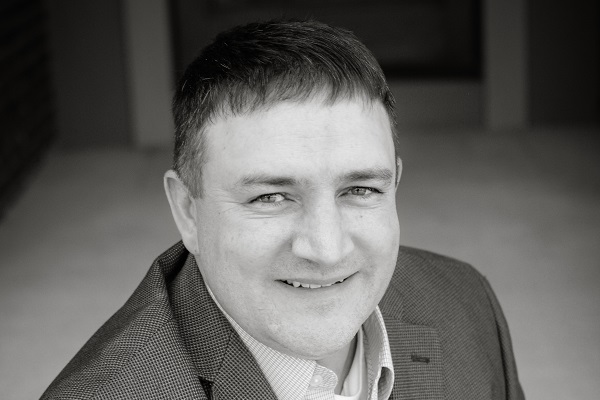Petroleum engineering alumnus launches compressed air energy storage company meant to close gaps in green energy grid

America’s need for long-term energy storage is so vital to the nation’s clean energy future that the U.S. government has announced that the challenge is one of its Energy Earthshots, which are six focus areas dubbed the moonshot of climate change.
Paul Button, B.S. Petroleum Engineering ’97, is at the forefront of innovation in developing underground air storage that can be used to meet peak energy demands in a system based on renewable sources.
“I worked 25 years in the petroleum industry,” Button said. “I’m still involved in the petroleum industry, but my partner and I saw a good opportunity to branch out. The energy transition is not stopping, and there are ways to synergize the skills into a new career.”
Button is the co-founder and CEO of TerraStor, a company in the 2nd round of financing, that focuses on using underground air storage to help close the gaps to meet peak energy demands when the wind isn’t blowing, and the sun isn’t shining.
There are more than 1,000 power plants in the U.S. that burn fuels like natural gas and oil to meet peak electrical demand. These peaker plants emit carbon dioxide into the air, contributing to climate change. The plants also produce pollutants such as nitrogen dioxide, sulfur dioxide, and particulate matter that have been linked to negative health outcomes.
TerraStor aims to take excess energy off-grid when electricity is in low demand and less expensive. This energy runs a giant air compressor at the top of a salt cavern. The salt cavern stores the air below the ground. Later in the day, at peak energy usage, the air is released to turn a turbine and generate power. Power generated can be sold at a premium because of the high demand. The heat generated by the compressor is stored in pressurized water tanks to maintain efficiency.
“If we are truly trying to get away from oil and gas, there are huge projects that need to be done around the world,” Button said. “Our thought is that you need to work with nature to do this.”
Button and his co-founder Matthew Ciardiello were working on a challenging petroleum engineering project when they found information about previous compressed air storage projects completed in Germany and Alabama decades ago.
“They stopped developing those projects because the need wasn’t there with the combined cycle natural gas plants,” Button said.
As solar and wind farms continue to expand in the U.S., the need for this type of project has finally emerged.
“You don’t have control over when the sun shines or the wind blows,” Button said. “These projects are designed to be paired with wind or solar to time shift the energy to when it is needed.”
TerraStor has entered its first bid on a request for proposals for a project in Arizona. That project would produce 256 megawatts of energy, enough to power roughly 75,000 homes during the year.
Right now, TerraStor is targeting salt caverns, but there may eventually be possibilities of completing air storage projects on brownfields of former oil and gas locations.
“We need a 20-acre site and a well that extends 4,000 feet into the ground to a cavern, so it is a very low surface disturbance,” Button said. “It’s a pretty simple process with a novel approach to using existing technology.”
Button is the father of 2023 Montana Tech Occupational Health and Safety graduate Ainsley Button, and when asked if he would recommend an engineering or STEM career to young people, he was enthusiastic in his answer.
“Consider an engineering degree,” Button said. “I would absolutely recommend engineering. It’s a great life. The challenges are never the same from day to day. I wasn’t ever building widgets; I wake up to a new challenge every day.”